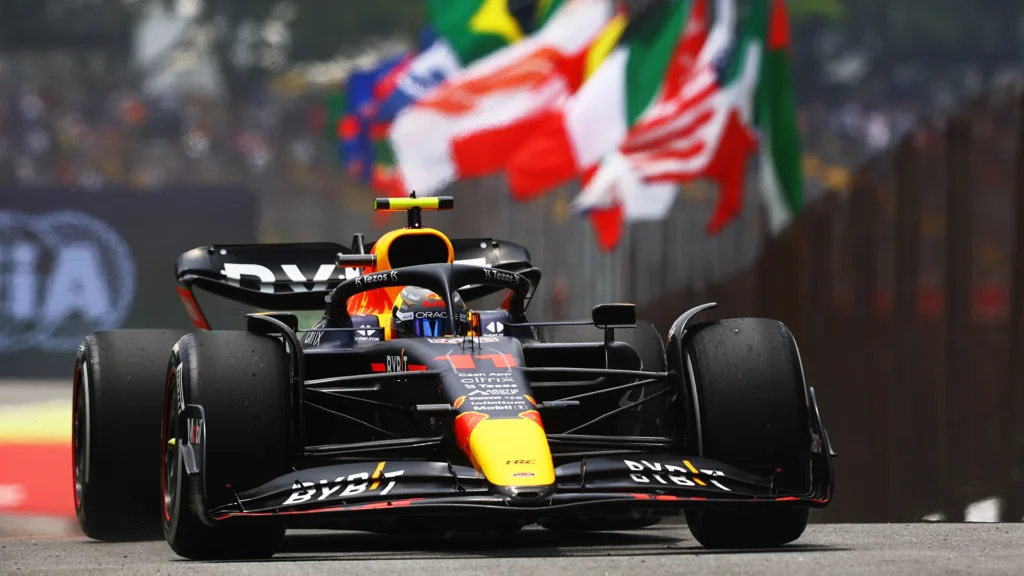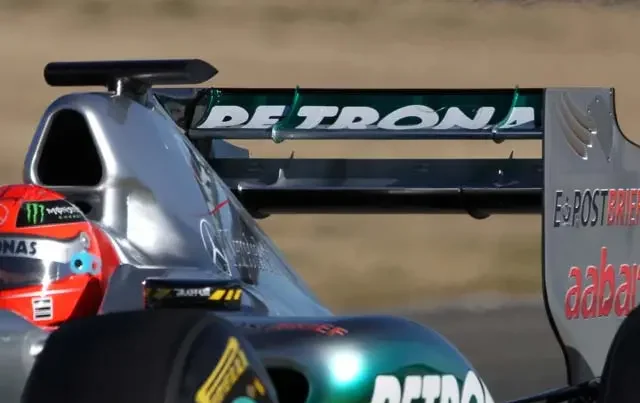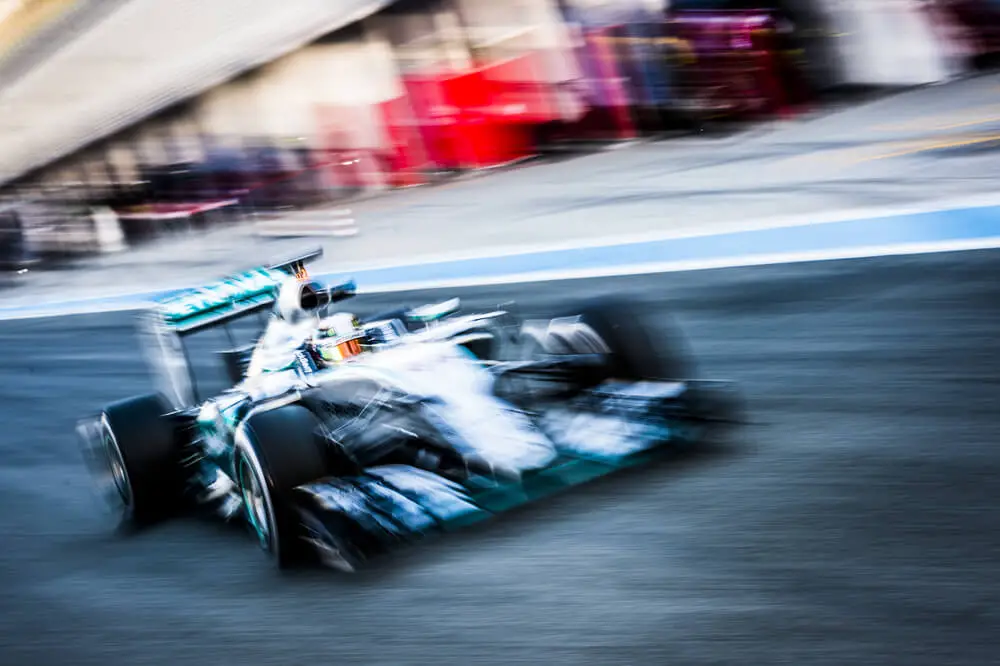Qualifying For F1 is a demanding process requiring precision, skill, and strategy. Qualifying sessions play a vital role in determining the starting grid for the race.
However, not every driver secures a spot on the grid due to various reasons. In this article, we will explore the consequences of not qualifying in F1. We shed light on essential aspects of the qualifying process.
What Happens If You Don’t Make Qualifying?
In Formula 1, qualifying is the process that decides the starting positions of drivers on the grid. The qualifying session is split into three parts – Q1, Q2, and Q3. Drivers aim to set the fastest lap time in each session to secure a better starting position for the race.
If a driver fails to set a competitive lap time in Q1, they do not progress to Q2. This means they are relegated to the back of the grid for relative to the cars in Q1.
This means that they start the race from the last position, also known as the 20th position, as there are 20 drivers on the grid.
What Is The 107% Qualifying Rule In F1?

The 107% rule is a regulation implemented by the Fédération Internationale de l’Automobile (FIA) in Formula 1. According to this rule, if a driver’s fastest lap time in Q1 exceeds 107% of the fastest time set in that session, they will not be allowed to participate in the race.
However, exceptions can be made by race stewards under certain circumstances. Examples include if the driver demonstrated competitive lap times during free practice sessions. Another example is if he encountered exceptional conditions during qualifying, like heavy rain or technical issues.
Qualifying for F1 – How Does Sprint Qualifying Work for an F1 Race?
Sprint Qualifying is a relatively new format introduced in F1 to add more excitement and variation to race weekends. It is an alternative to the traditional qualifying system, currently being tested in select races.
In Sprint Qualifying, the standard qualifying session is replaced by a shorter race held on Saturday. The race distance is usually around one-third of the main event. The starting grid for Sprint Qualifying is determined by a single traditional qualifying session on Friday.
The results of the Sprint Qualifying race then determine the grid for the main Grand Prix event on Sunday, with the top finishers starting in the front positions. It adds an extra dimension of competitiveness and unpredictability to the weekend.
What’s an Out Lap in Qualifying for F1?
In Formula 1 qualifying, drivers have a limited amount of time to set their fastest lap during each session. The out lap is a crucial part of this process. An out lap is the lap that a driver takes before attempting their timed flying lap.
During the out lap, drivers aim to prepare their tires and car for the flying lap. They drive at a controlled pace to warm up their tires to the optimal temperature, especially in colder conditions, which helps improve grip and performance.
Once the out lap is completed, the driver begins their flying lap, where they push the car to its limits to set the fastest possible time.
Do F1 Cars Use DRS in Qualifying?

F1 cars do use RS in qualifying the system’s use is less controlled than in the F1 race.
Cars in qualifying are permitted to use DRS all throughout the qualifying sessions, whilst it’s dry but they can’t use it anywhere on a lap like they used to back in 2011. It can only be used when the car is within a regulated DRS zone.
Unlike the race, the race cars do not have to be following within 1 second to get the benefit/use of the DRS system. The DRS can be used freely during the qualifying session freely once they’re within that specific zone.
Qualifying for f1 – Conclusion
Qualifying is an essential aspect of Formula 1, determining the starting grid and often influencing the outcome of the race. Drivers who fail to qualify effectively face the challenge of starting from the back of the grid, making their race-day efforts all the more demanding.
The 107% qualifying rule adds an element of fairness, ensuring that all drivers are competitive and capable of participating. With innovative approaches like Sprint Qualifying being tested, the sport continues to evolve, keeping fans and drivers alike on the edge of their seats.
So, while not qualifying can present significant challenges, it is all part of the thrilling world of F1 racing.

